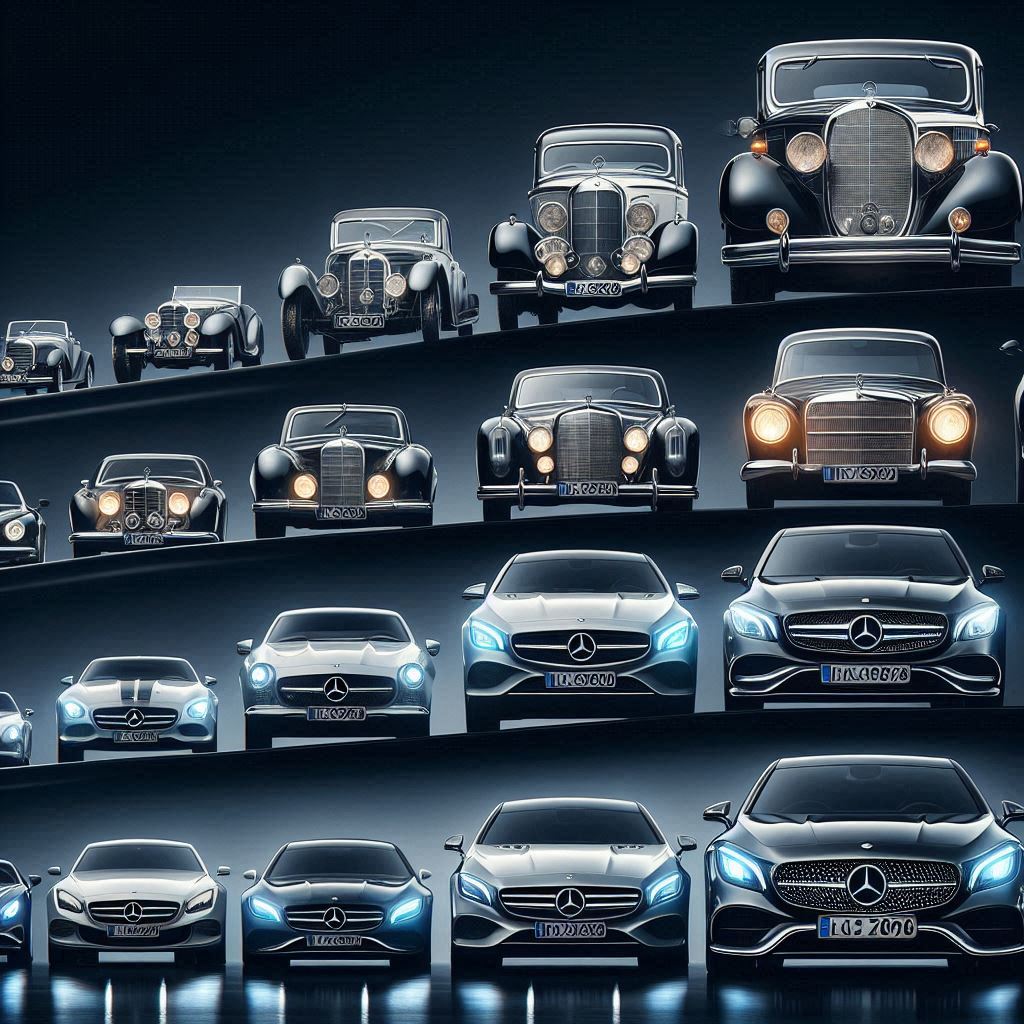History and Evolution of Mercedes Benz
Mercedes Porsche Mechanic | Midtown Auto Repair | Sacramento
P. 916.382.7700
History and Evolution of Mercedes Benz
Mercedes-Benz, one of the world’s most renowned automobile manufacturers, has a rich history that dates back to the late 19th century. The company’s origins can be traced to Karl Benz and Gottlieb Daimler, two pioneers in the automotive industry who worked independently before their companies eventually merged.
Karl Benz is credited with inventing the first gasoline-powered automobile, the Benz Patent-Motorwagen, in 1886. Around the same time, Gottlieb Daimler and his partner Wilhelm Maybach developed their own gasoline engine and automobile. Daimler founded the Daimler-Motoren-Gesellschaft (DMG) in 1890, and his vehicles began to gain popularity in Europe. The Mercedes name first appeared in 1901, when DMG built a custom car for Emil Jellinek, a wealthy entrepreneur who named the vehicle after his daughter, Mercedes.
In 1926, following financial difficulties exacerbated by World War I, DMG and Benz & Cie, founded by Karl Benz, merged to form the company we now know as Mercedes-Benz. This merger combined the strengths of both firms, allowing them to innovate and expand their product range. The new company quickly established itself as a leader in luxury vehicles and automotive engineering.
Throughout the 20th century, Mercedes-Benz achieved numerous milestones that solidified its reputation for quality and innovation. In the 1930s, the company introduced the 500 K, a luxury car that set new standards for performance and style. The post-World War II era saw Mercedes-Benz introduce the iconic 300 SL “Gullwing,” known for its distinctive doors and advanced engineering. This period also marked the beginning of the company’s dominance in motorsport, particularly in Formula 1 and endurance racing.
The latter half of the century brought further innovations, including the introduction of safety features such as crumple zones and anti-lock braking systems (ABS). The company’s commitment to safety and quality helped it to maintain a competitive edge in the luxury automobile market.
In recent years, Mercedes-Benz has continued to evolve, embracing new technologies and shifting towards sustainability. The company has made significant investments in electric vehicles (EVs) and autonomous driving technology. The launch of the EQ series, Mercedes-Benz’s line of electric cars, represents a significant step towards a greener future. Additionally, the company has been actively working on integrating advanced driver-assistance systems (ADAS) and connectivity features into their vehicles.
Mercedes-Benz’s journey from its 19th-century beginnings to its current status as a global leader in the automotive industry is a testament to its commitment to innovation, quality, and luxury. As the company continues to evolve, it remains at the forefront of automotive technology, shaping the future of transportation.


